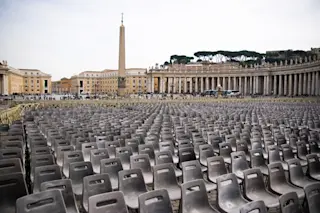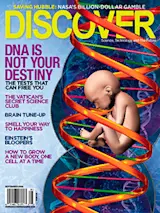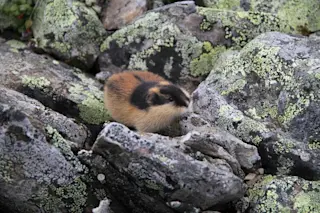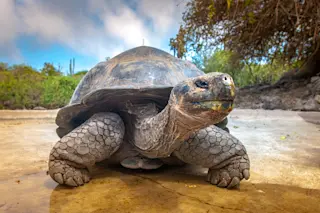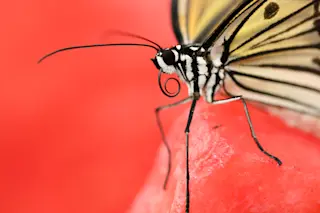Brother Guy Consolmagno occupies a small space of heaven. A Jesuit brother and astronomer for the Vatican Observatory, he works at the observatory’s headquarters at the pope’s summer palace in Castel Gandolfo, a 45-minute train ride from Rome.
Castel Gandolfo sits on the high ground of Italy’s Lazio region, perched above the exotic, sapphire-blue volcanic Lake Albano. The view you get is magical. “This is a good place for things like an occultation, like the transit of Venus in 2004,” Consolmagno says. “We observed the comet hitting Jupiter because the first events were visible only from this part of the world.”
Below the observatory’s domed chamber are the offices that make up the rest of the Vatican Observatory. One study has bookshelves filled with hardbound journals all the way to the high ceiling. Consolmagno pulls one off a shelf and reads aloud: “Account of a new telescope by Mr. Isaac ...


